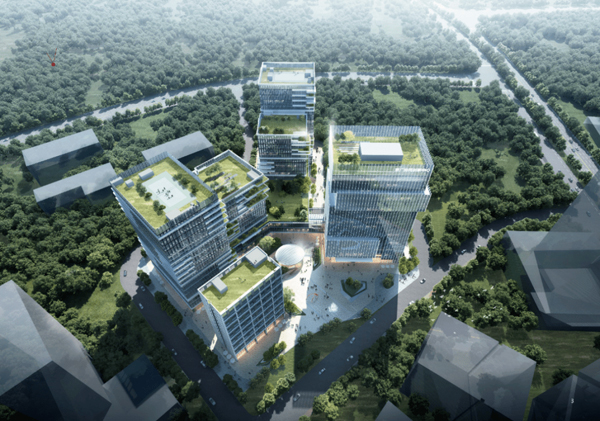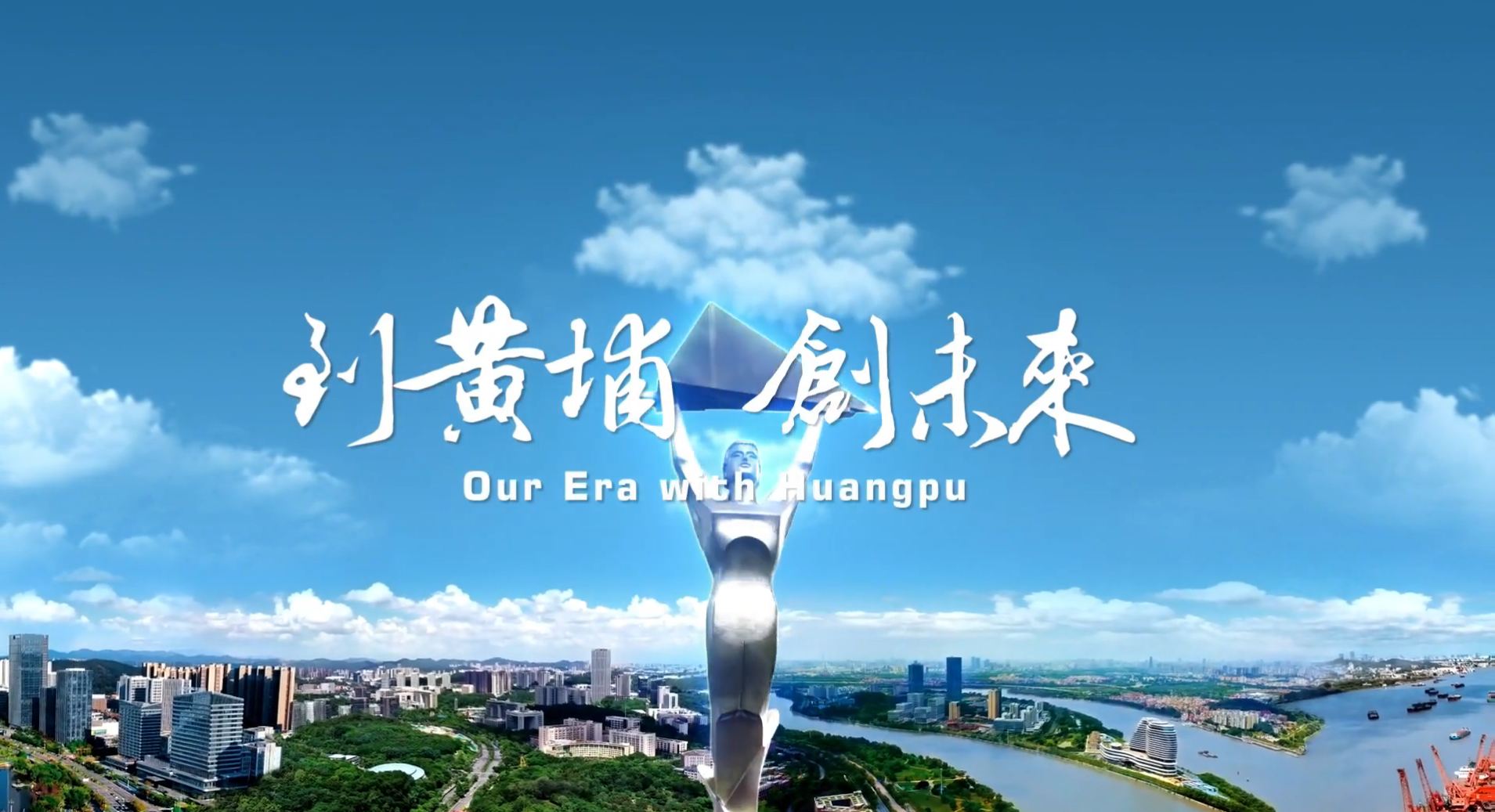New-type sci-tech park to be launched in Huangpu
Updated : 2021-02-04Construction work on the main buildings of the Jingguang Collaborative Innovation Center has been completed after more than eight months.
The innovation center is being jointly developed by the State-owned SCI Group in Huangpu and Beijing Yizhuang Investment Holdings Limited, and is located in the core area of the Guangzhou-Hong Kong Science and Technology Park.

An artist's impression of the Jingguang Collaborative Innovation Center. [Photo/WeChat account: guangzhougaoxinqu]
It covers an area of nearly 32,000 square meters and has a combined floor area of around 183,000 sq m, with functions including industrial production, innovative office space, accommodation and exhibitions. It will be built into an industrial park with a full chain covering research and development, design, trial production, testing, manufacturing, sales, and industrial services.
"Skyscraper workshop"-type industrial factory buildings will be constructed here for key industries including artificial intelligence and intelligent equipment, making the center the first "industry going upstairs" sci-tech industrial park in Guangzhou and the Guangdong-Hong Kong-Macao Greater Bay Area.
"Industry going upstairs" refers to a new type of industrial model created during the renovation and upgrading of old industrial parks. In this model, the production, research and development, testing and marketing of enterprises will be moved into high-rise buildings - different from the traditional model of production in a single-storey workshop. This will greatly improve the efficiency of industrial land use and remove the space limitations placed on the many links of industrial production.
More than 30 intelligent construction technologies - including big data, smart measurements and real quantity calculation and the virtual reality security experience - have been applied in the construction of the center.
The "total prefabricated temporary building" model was also initiated during the construction of the center. This improves the performances of sound insulation, fire prevention and earthquake resistance, as well as the living conditions of workers.
In addition, more than 20 green construction facilities like mobile mist cannon machines, automatic car wash tanks and a wall spray system were used.
- Investment and Entrepreneurship
- Investment Advantages
- Investment Guide
- Policies
- Key Projects
- Major Industries
- Industrial Parks
- Investment Opportunities
- Technological Innovation
- IPR
- Enterprises
- Talents
All rights reserved. Presented by China Daily
粤ICP备16087157号-1










